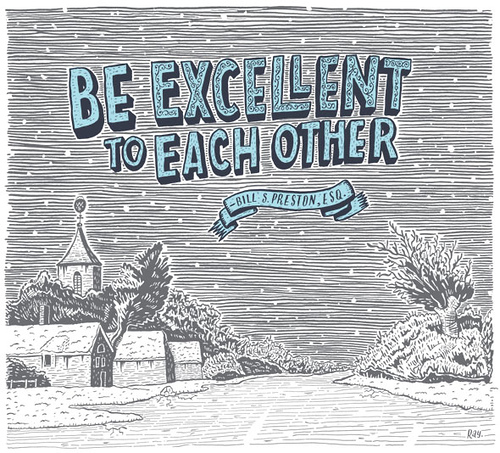Links and write-ups about beautiful things from around the web!
-
The Street in the Extended Sense of the Word Is
The street, in the extended sense of the word, is not only the arena of fleeting impressions and chance encounters but a place where the flow of life is bound to assert itself. Again, one will have to think mainly of the city street with its ever-moving crowds. The kaleidoscopic sights mingle with unidentified shapes and fragmentary visual complexes and cancel each other out, thereby preventing the onlooker from following up any of the innumerable suggestions they offer. What appeals to him are not so much sharp-contoured individuals engaged in this or that definable pursuit as loose throngs of sketch, completely indeterminate figures. Each has a story, yet the story is not given. Instead an incessant flow casts its spell over the flâneur, or even creates him. The flâneur is intoxicated with life in the street – life eternally dissolving the patterns which it is about to form. […] Siegfried Kracauer, Die Fotografie (1927), translated by Thomas Y. Levin. Quoted in The Cinematic from MIT Press, p.82.
-
What It Demonstrates Really Is That the Art
… [W]hat it demonstrates really is that the art world is in a terrific fizz about painting at the moment. It has suddenly decided that painting is not dead any more but very much alive. And like somebody startled from sleep, it can’t quite tell the difference between anything. “Faux feminisim: Is comtemporary art paying too much attention to work that should be ignored?” – Tom Lubbuck (link)
-
Dont Get the Idea That the Private Affairs of
Don’t get the idea that the private affairs of your contemporaries are any special concern of mine, nor that I enjoy gossiping about other people’s doings. What I should like, however, is to be able to extend my friendship or my love to people I do not know, will never know, do not wish to know. Their name, age, tastes don’t matter to me. Try to understand me. For me, they cannot just be human creatures like others.
There is the photograph between us. […]The day photography was born humanity won a precious victory over time, its most redoubtable enemy.
Carlo Rim, On the Snapshot (1930). Quoted in The Cinematic from MIT Press. -
It Was As if This Word Signifying an Abrupt
It was as if this word, signifying an abrupt change in space and time, also initiated another kind of vision that would be necessary to see, to read what was to follow. One needed to follow these images not merely chronologically, but associatively. SUDDENLY, one’s whole notion of spatial and temporal continuity was shattered. Eisenstein’s purposeful combination of events that were happening successively and simultaneously forces the spectator to construct another time frame: one which is bound by the limits of the film and not by the always doomed attempt to mimic real life. Michael Tarantino, A Few Brief Moments of Cinematic Time (1999). Quoted in The Cinematic, from MIT Press.
-
Death Follows Artists Around Like Their
[Death] follows [artists] around like their shadow, and I think that’s one of the reasons most artists are so conscious of the vulnerability and nothingness of life. Francis Bacon, taken from D. Ashton’s Twentieth-century Artists on Art p. 139
-
Beneath the Good the Kind the Stupid and the
Beneath the good, the kind, the stupid, and the cruel, there’s a fire that’s just waiting for fuel. Ani Difranco, “Fuel”
-
More Wise Words Were Never Spoken

More wise words were never spoken.
-
Even Though the Fogged Photograph Is Not in Itself
Even though the fogged photograph is not in itself pure absence, but rather the eclipsing of an image, we know that what we are seeing is a representation that has been spoilt, a calamity that no technology can ever repair. The image is there, but hidden, ‘fogged’, conceled for ever by a curtain of shadow, which no one is capable of raising. A Short History of the Shadow by Victor Stoichita, in reference to an 1839 cartoon by Cham (Amédée de Noé) from the book L’Histoire de Monsieur Jobard
